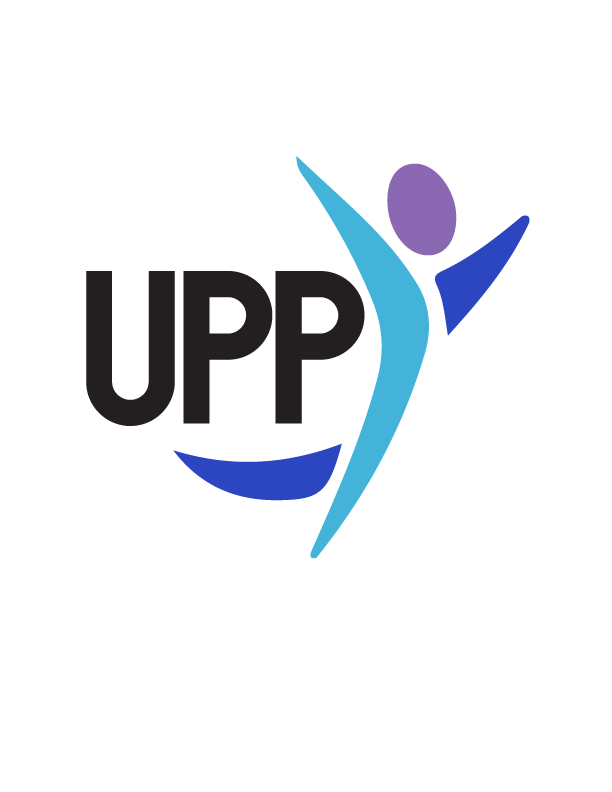WEEK 4- Password Goals
Equipment Required (optional)
Laptop, tablet, mobile phone or computer to use to set passwords.
PERMAH Element
Accomplishment
Teachers to read and facilitate the following:
Rationale
Research in the fields of neuroscience and psychology state that goal setting actually works. The most successful people in the world set goals. A useful way to fast track our goals is to create a goal orientated password to unlock our devices. We unlock our devices several times each day. Setting a password goal, frequently reminds us of what we are striving for, bringing our top priority goal into focus, every time we unlock our device. This works because of our RAS (Reticular Activating System), in our brains. Our RAS acts as a filter for our brain- it blocks out most of the data that our brain receives every second. This allows us to hone in on the things that are most important to us. By changing all of our passwords to reinforce a goal we are trying to accomplish, we will put it top of mind, and unconsciously focus in on ways to make those things happen (Adams-Miller 2014).
Description of Personal Wellbeing Practice: Password Goals
Decide what your top priority goal is (it could be to do with school work; relationships, extracurricular, etc).
Next, make your goal password-ready. Be creative. Use shorthand, abbreviations, numbers. For example, if you want to achieve certain grades (3A’s and 2B’s in Semester 1), it could be 3A2Bsem1; or if you want to run 4km in 19 minutes (at the cross country carnival this year), the password goal could be 4k19mins. Other examples are: try1newthing2day, Read20mins, 20pushups, 1actofkindness.
If you have access to a device take the time now to change your password. Otherwise do this later today.
Main message:
Fast track your goal by bringing it to top of mind with a password goal.
UPP’s Personal Wellbeing Practices
A Personal Wellbeing Practice (PWP) is an evidenced-based positive psychology intervention, applied in school communities or other educational settings. At UPP, we have tried to make these PWP’s simple, concise and relevant for students and their teachers. The six elements for the Personal Wellbeing Practices are: Positive emotion (P); Engagement (E); Relationships (R); Meaning (M); Accomplishment (A); and, Health (H).
We hope that these evidence-based tools of positive psychology will enhance help people to thrive and live their best life, both within and beyond the school gates.
For more activities like this (and much more), check out THRIVE Online Lesson Modules for Pastoral Care and Wellbeing.
Unleashing Personal Potential

